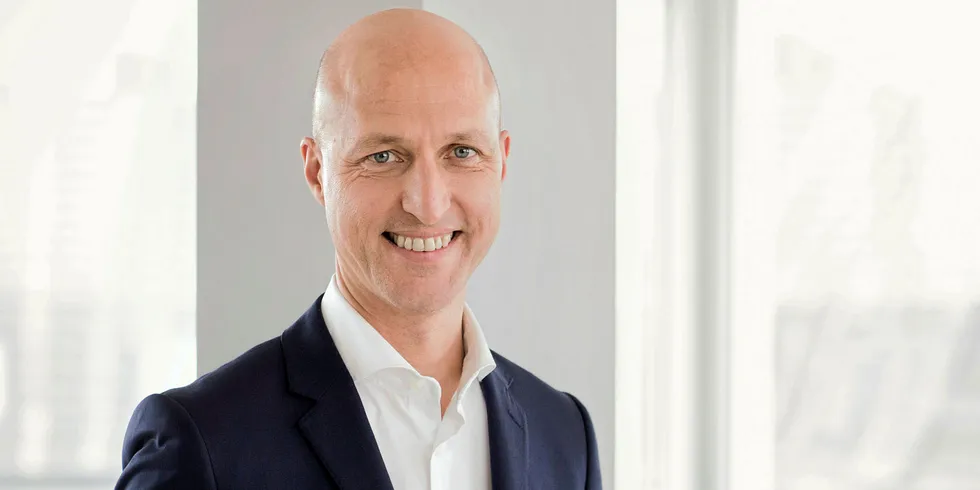'Initial costs for offshore wind in the US will be slightly higher than in Europe': RWE
RWE Renewables after transfer of Innogy and E.ON's green power assets has 7GW offshore pipeline, designated offshore COO Utermöhlen tells Recharge

RWE Renewables after transfer of Innogy and E.ON's green power assets has 7GW offshore pipeline, designated offshore COO Utermöhlen tells Recharge
